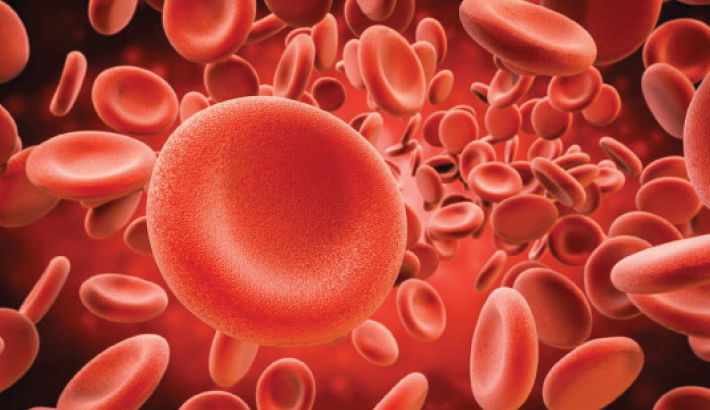Blood: The Essential Fluid To Fuel Life | Abdullah Al Moinee

Blood: The Essential Fluid To Fuel Life
Abdullah Al Moinee
[ www.daily-sun.com/printversion/details/353366/Blood:-The-Essential-Fluid-To-Fuel-Life ]
[ Origin (Excerpted from): essenceofengineering.blogspot.com/2019/06/blood-essential-fluid-to-fuel-life.html ]
Life is a fusion of organized organic systems which are webbed and fueled by means of blood circulation. Blood is the fluid that transports energy, nutrients, metabolic waste, and essential biomolecules to all tissues and circulates in the heart, capillaries, arteries and veins carrying oxygen to and carbon dioxide from the tissues of the body. In terms of anatomy and histology, blood is considered as a specialized form of connective tissue, given its origin in the bones and the presence of potential molecular fibers in the form of fibrinogen.
In ancient time humans must have realized the significance of blood. They must have observed that the loss of blood usually leads to death. So, the transfer of blood from one person to another is an ancient idea. In 1492, the first reported blood transfusion occurred. The transfusion was done on Pope Innocent VII in Rome. His doctors advised to transfuse blood from three healthy individuals as a therapeutic measure for his illness. However, the outcome of this blood transfusion was not successful and the Pope died soon after. William Harvey, an English physician discovered how blood circulated around the body, with the heart pumping blood into the body through the arteries, and the blood returning back to the heart through the veins in 1628. Later, in 1665, the first successful blood transfusion was recorded. Experiments were done by an English physician, Richard Lower, who transfused blood from one dog to another. Most of the dogs survived the transfusion.
Blood is circulated around the body through blood vessels by the pumping action of the heart. In animals with lungs, arterial blood carries oxygen from inhaled air to the tissues of the body, and venous blood carries carbon dioxide, a waste product of metabolism produced by cells, from the tissues to the lungs to be exhaled. Blood is composed of blood cells suspended in blood plasma in vertebrates. Plasma, which constitutes 55% of blood fluid, of which approximately 92% is water. Blood plasma also consists of hormones, glucose, proteins, gases, electrolytes, nutrients, blood cells themselves. The blood cells are mainly red blood cells (RBCs) or erythrocytes, white blood cells (WBCs) or leukocytes, and platelets or thrombocytes. Red blood cells perform many important functions within the body. RBCs fuel the supply of nutrients such as glucose, amino acids, and fatty acids and removal of waste such as carbon dioxide, urea, and lactic acid. The immunological functions and detection of foreign material by antibodies are bolstered by the white blood cells. The defensive system is thus formed by the WBCs. White blood cells are responsible for fighting viruses, bacteria and other infectious diseases. They also fight cancer cells and other unwanted material that enter human body. Platelets are completely different and are responsible for blood clotting whenever bleeding occurs because of a cut. Platelets functions on coagulation as the response to a broken blood vessel for the conversion of blood from a liquid to a semisolid gel to stop bleeding.
Hemoglobin is the principal determinant of the colour of blood in vertebrates which is contained by RBCs. Hemoglobin is an iron-containing protein, which facilitates oxygen transport by reversibly binding to this respiratory gas and greatly increasing its solubility in blood.
Blood contributes for 7% of the human body weight. The average adult has a blood volume of roughly 5 litres, which is composed of plasma and several kinds of cells. It has to be noted that an adult body has 100,000 kilometers or 60,000 miles of blood vessels running throughout the body. The only place where blood cannot be found in human body is the cornea (eye) because cornea is capable of directly extracting oxygen from air. Scientists have come up with a method that can be used to send oxygen directly to blood without using the lungs.
Moinee, A. Al. “Blood: The Essential Fluid To Fuel Life” The Daily Sun. 9(36). 29 Nov. 2018. The Hood. 8(33).
